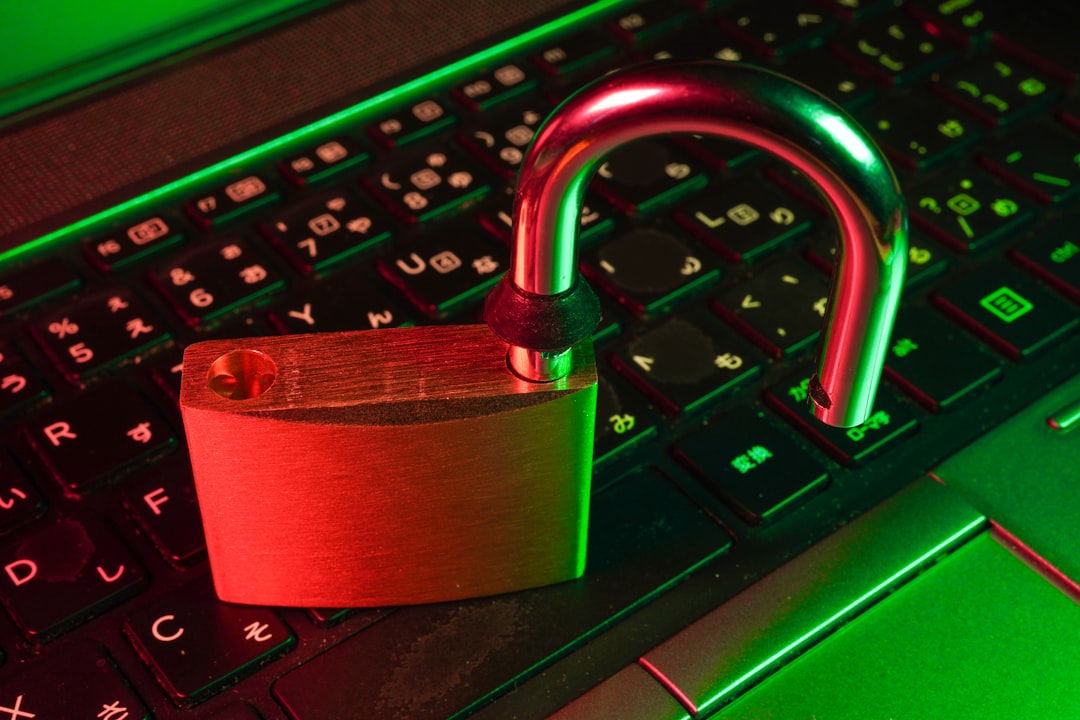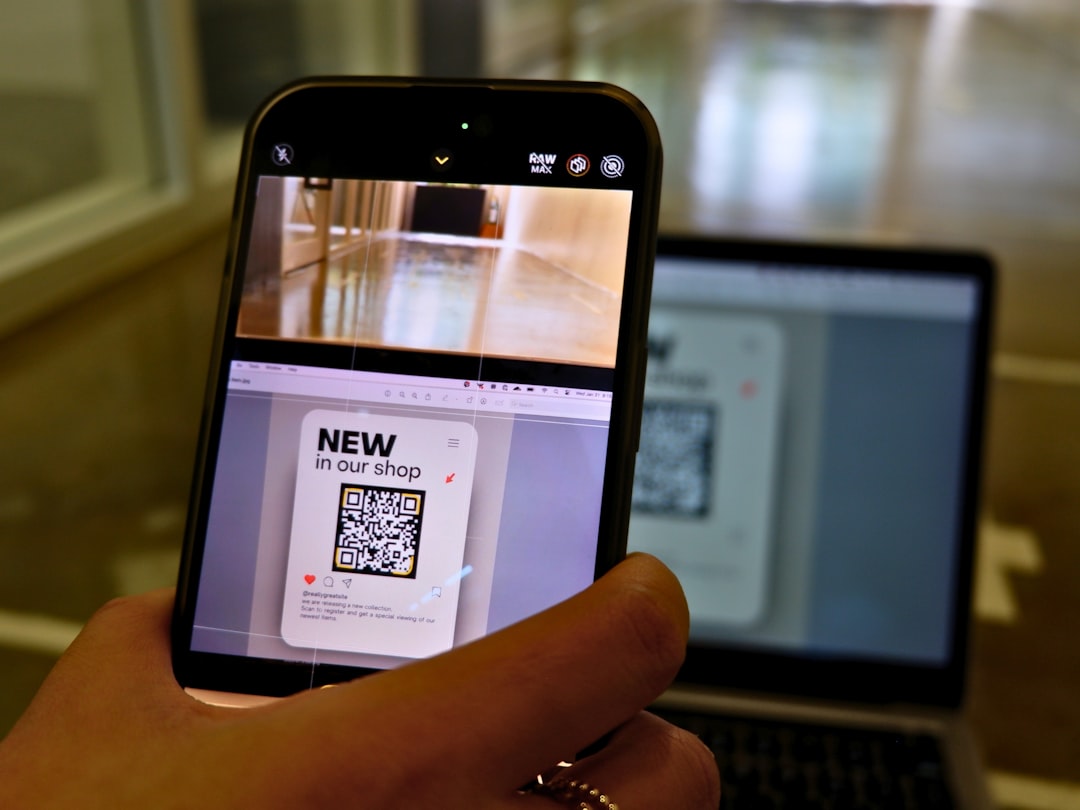Whether you are studying remotely, conducting research abroad, or simply accessing university resources from off-campus, knowing how to use the University of Wisconsin–Madison VPN (Virtual Private Network) is essential. This secure service allows students, staff, and faculty to connect to the university’s internal network wherever they are in the world. With proper setup, the UW Madison VPN gives you access to tools, files, and media content you wouldn’t otherwise be able to use off-campus, such as library databases, lab software, and secure web applications.
Setting up the VPN is a straightforward process, but understanding the basics and choosing the right configuration is key to getting the most out of this powerful tool.
What Is a VPN and Why Use UW Madison’s?
A VPN extends a private network across a public one and enables users to send and receive data across shared or public networks as if they were directly connected to the private network. When you use the UW Madison VPN, your internet traffic is encrypted and re-routed through the university’s servers. This provides both security and access to restricted content on-campus networks.
- Access to Resources: Connect to library databases, research journals, departmental file servers, and other resources restricted to campus users.
- Security: Protect your internet connection while using public networks by encrypting your data.
- Convenience: Login from anywhere – be it home, a coffee shop, or traveling internationally.
Getting Started with UW Madison VPN
To start using the UW Madison VPN service, follow these simple steps:
1. Download and Install the VPN Client
UW Madison uses a VPN service called GlobalProtect. You’ll need to install the client software on your device:
- Visit the UW–Madison VPN service page.
- Click on Download VPN for your operating system (Windows, macOS, or Linux).
- Install the application following the on-screen instructions.

2. Launch and Configure GlobalProtect
Once installed, you’ll may need to configure the VPN gateway:
- Open the GlobalProtect client from your system’s application menu.
- For the Portal Address, enter:
uwmadison.vpn.wisc.edu - Click Connect.
When prompted, enter your NetID and password. You may need to authenticate with Duo Multi-Factor Authentication, so keep your phone nearby.
Which Connection Option Should You Use?
UW Madison offers multiple connection “pools” or profiles depending on what you need access to:
- Split Tunnel: Only routes traffic bound for UW resources through the VPN. Good for general academic access while retaining full internet speed for other services.
- Full Tunnel: Routes all your internet traffic through the UW network. Useful for maximum security or to access geo-restricted content through a UW IP.
Select the appropriate pool during login or modify it in the settings as needed. If you’re unsure, start with the split tunnel option.
Tips for Using the VPN Effectively
- Bookmark Key Sites: Once connected, it’s easier to access library portals, journals, and configured services. Bookmark them for quick access.
- Don’t Stay Connected Unnecessarily: The VPN uses university bandwidth. Disconnect when not actively using campus services.
- Mobile Access: Download the GlobalProtect app for iOS or Android and follow similar setup steps to stay connected on the go.

Troubleshooting Common Issues
Should you run into connection issues, here are a few quick fixes:
- Check your credentials: Be sure you’re entering your NetID and password correctly. Duo may need to be approved each time.
- Update your client: Ensure your GlobalProtect app is up to date for optimal performance.
- Try another connection: Switch from split to full tunnel or vice versa if performance is slow or unstable.
Stay Secure, Stay Connected
Using the UW Madison VPN not only keeps your connection secure but also unlocks a wealth of academic and administrative resources to support your work. Whether you’re streaming lectures, accessing campus servers, or performing sensitive research, having VPN access is invaluable. With just a few minutes of setup, you can create a secure, seamless connection to your university life from anywhere in the world.
